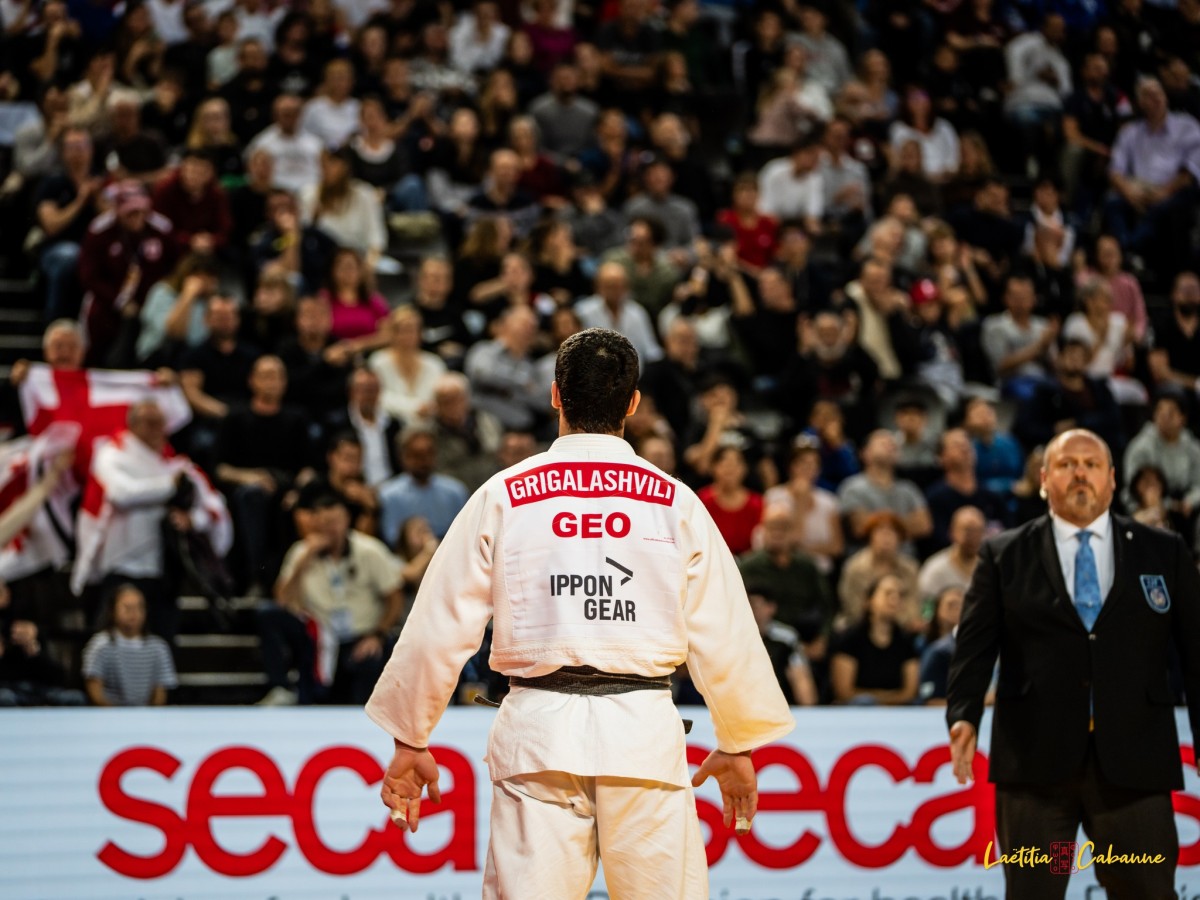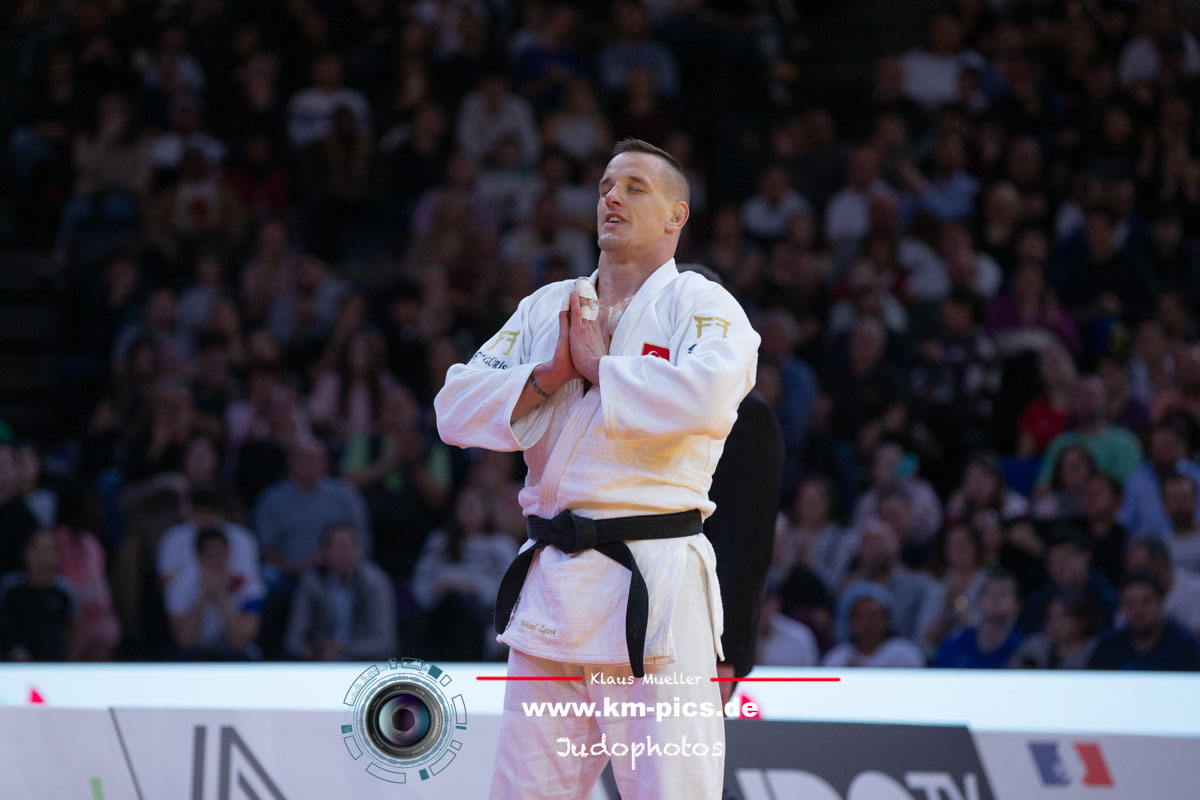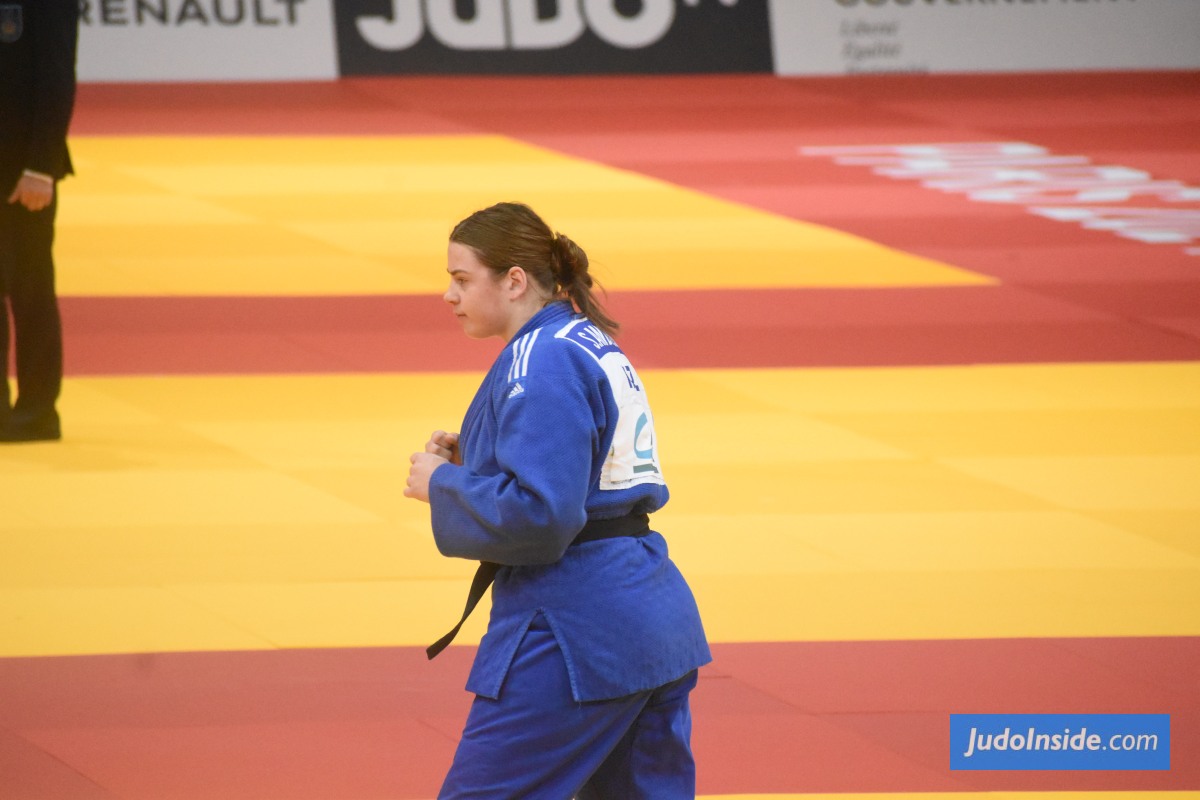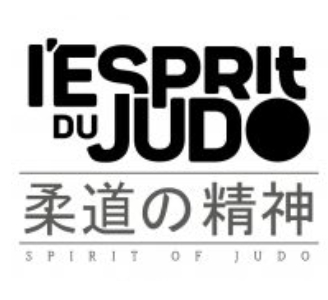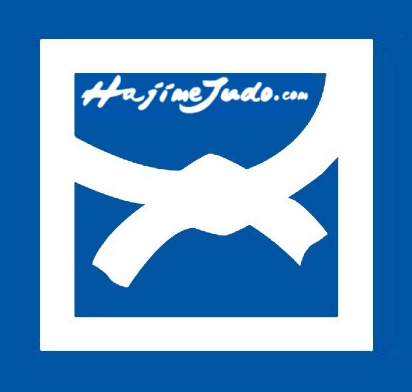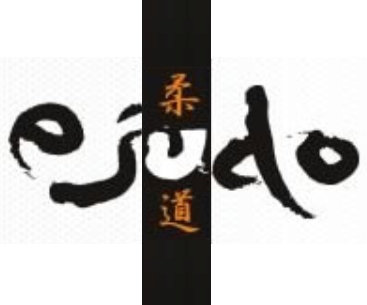Emperor Hirohito visited the Budokan one day for the world biggest judo shock
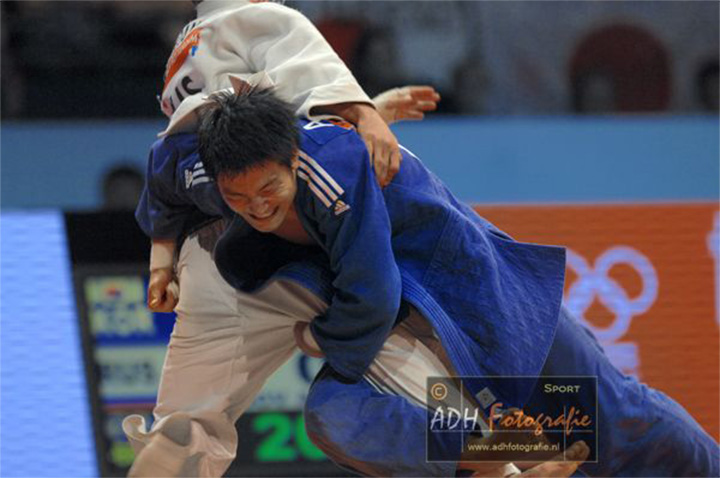
 23 Oct 2021 11:00
23 Oct 2021 11:00
 Laurent Vergne
Laurent Vergne

In 1964, Geesink was 30 years old. His first Olympic roll of the dice would also be his last. He knew this. The tall redwood of the kingdom of Orange had hoped to feature at the Rome Games of 1960, as part of the Dutch Greco-Roman wrestling team into which he had been initiated. But the IOC closed the door on him on the rather tenuous grounds of professionalism, given his status as judo instructor and coach. His Olympic game of double or quits therefore came down to that evening at the Budokan. All that remained was for Geesink to conquer Mount Olympus.
Scalded by this Dutch power shift in 1961, the Japanese had secured the introduction of weight categories in order to increase their chances of winning medals. Four events were therefore on the program: lightweight (under 68kg), middleweight (under 80kg), heavyweight (over 80kg) and the open division. Japan had won gold in the first three categories. But there remained the most prestigious open, or unlimited weight, division, where the imposing figure of Geesink loomed large. Failure was unthinkable.
Perhaps an indication of the fear that Geesink inspired, the Emperor Hirohito's planned visit to the Budokan was brought forward by one day. On Thursday October 22, 1964 the 124th emperor of Japan showed up at the hall, which, as the epicentre of the Games for the host nation, had been packed to the rafters throughout the four days of competition. It was the day of the heavyweight finals, won by Isao Inokuma, and the day before Geesink's date with destiny.
Geesink's gold-medal fight against Akio Kaminaga that Friday was in fact a re-run. The two judokas had already faced each other in the preliminary phase when, perhaps portentously for the swelling crowds attending the final, Geesink had dominated during a routine victory against the Japanese idol upon whose shoulders weighed the expectation of a nation. But the format of the tournament allowed early losers to progress from the round robin phase, and so Kaminaga, who was hiding a knee ligament injury sustained shortly before the competition, still had a shot at gold.
Kaminaga and Geesink made their own separate ways to the final without any scares. The former even set a record for the quickest victory in the sport's history – in just four seconds against the Filipino Thomas Chi Hong Ong (a record which would last until 1991). Although Geesink was not far behind: in the semi-finals, he needed just 12 seconds to dispatch the Australian Ted Boronovskis.
Despite this promising form, the Dutchman was struggling with anxiety before his final fight. He decided to call Michigami, who was present in Japan with some French students. "Anton let me know, through a third party, that he was worried and wanted me to attend his match," the Japanese master explains. "So, I rushed to the hall where the encounter was taking place and, in this way, I was able to observe closely how it all unfolded."
 like
like
 share
share
.jpg)
| Result | City | Date |
|---|---|---|
| 3 | Belgrade | 2023 |
| 2 | Montpellier | 2023 |
| 3 | Budapest | 2023 |
| 1 | Doha | 2023 |
| 1 | Paris | 2023 |
| Result | City | Date |
|---|---|---|
| 1 | Tashkent | 2 Mar |
| 1 | Paris | 3 Feb |
| 1 | Budapest | 2023 |
| 2 | Tokyo | 2023 |
| 5 | Montpellier | 2023 |



